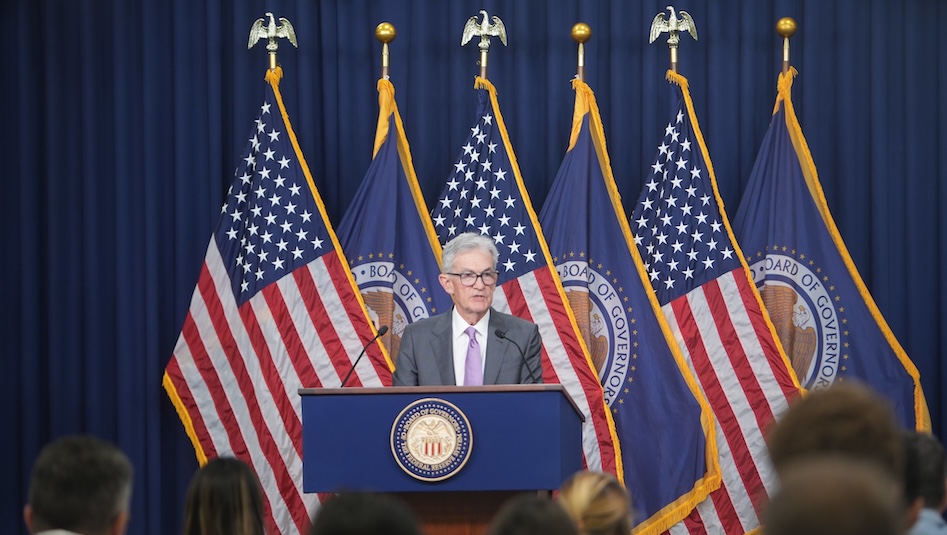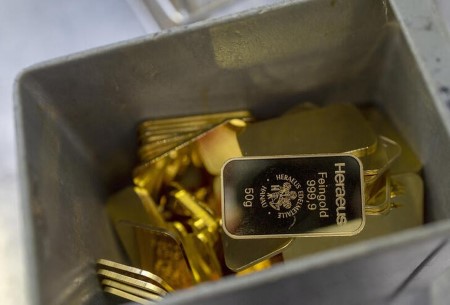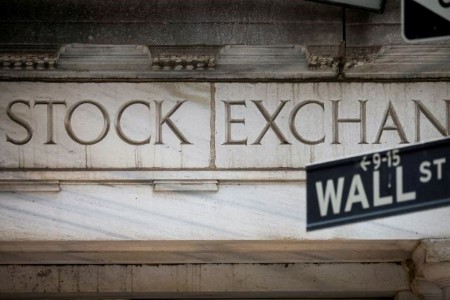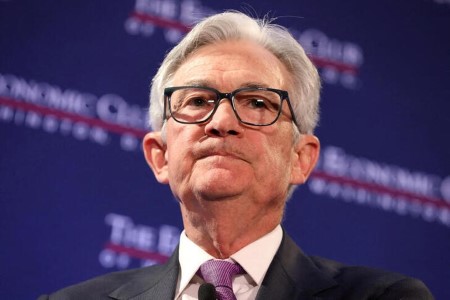NEW YORK, Feb 28 (Reuters) – Oil prices rose nearly 2% on Tuesday, erasing the previous session’s losses, as hopes for a strong economic rebound in China offset worries about US interest rate hikes dragging down consumption in the world’s biggest economy.
Brent crude futures for April, which expired on Tuesday, settled higher by USD 1.44, or 1.8%, at USD 83.89 a barrel. The more active May contract rose USD 1.41, or 1.7%, to USD 83.45.
US West Texas Intermediate (WTI) crude futures gained USD 1.37, or 1.8%, to USD 77.05 a barrel.
“We’re getting to a point where we’re seeing some short-covering because it’s the end of the month,” said Price Group analyst Phil Flynn.
For the month of February, Brent fell about 0.7%, while WTI dropped about 2.5%.
Expectations of demand recovery in China underpinned gains, with the market awaiting key data over the next two days. Economists polled by Reuters expected that factory activity in the world’s second-largest economy grew in February.
“China’s economic recovery will drive its demand for commodities higher, with oil positioned to benefit the most,” JPMorgan analysts said in a client note.
Urals crude exports to China from Russia’s Western ports rose in February from the previous month, on lower freight costs and rising demand, Reuters sources said.
Oil prices are expected to rise above USD 90 a barrel toward the second half of 2023 as Chinese demand recovers and Russian output falls, a Reuters poll showed on Tuesday.
Similarly, JPMorgan’s oil analysts maintained their 2023 average price forecast on Brent at USD 90 a barrel.
Gains were capped by the threat of more US rate increases after stronger-than-expected new orders for core US capital goods in January, with US Federal Reserve Governor Philip Jefferson saying inflation for services remained “stubbornly high”.
The voices of those expecting a 0.5% increase in interest rates by the Fed next month are getting louder, said PVM Oil analyst Tamas Varga.
The Organization of the Petroleum Exporting Countries has pumped 28.97 million barrels per day (bpd) this month, a Reuters survey found, up by 150,000 bpd from January. Output is still down more than 700,000 bpd from September.
Meanwhile in the US, crude production fell in December to 12.10 million bpd, its lowest since August 2022, Energy Information Administration (EIA) data showed.
However, US crude stockpiles have been growing and were forecast to post a 10th consecutive week of builds, with analysts in a Reuters poll expecting a rise of nearly half a million barrels last week.
US crude oil inventories rose by about 6.2 million barrels in the week ended Feb. 24, according to market sources citing American Petroleum Institute figures on Tuesday. API/S
Official US government data on stockpiles is due on Wednesday.
(Reporting by Stephanie Kelly in New York; additional reporting by Ahmad Ghaddar in London and Trixie Yap in Singapore; Editing by Marguerita Choy and David Gregorio)







 DOWNLOAD
DOWNLOAD







